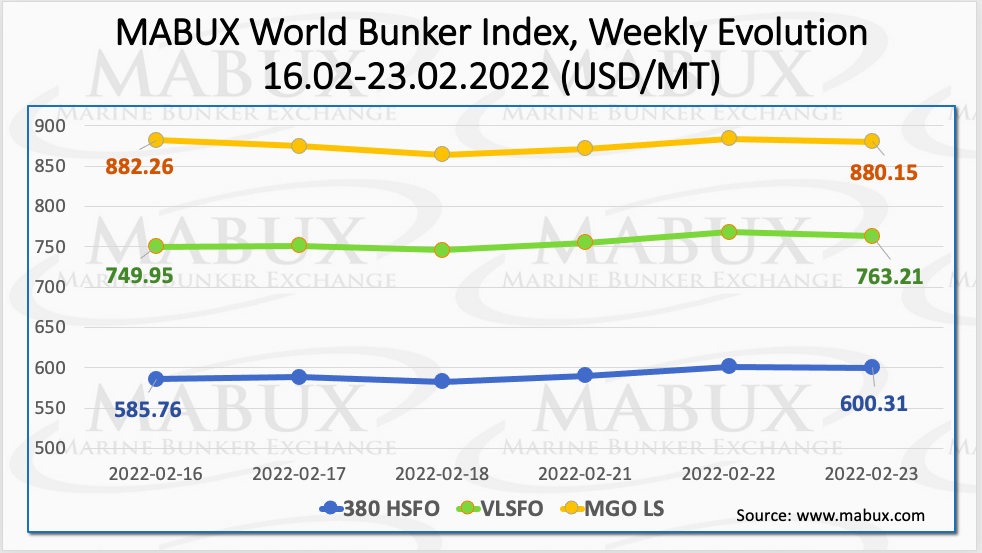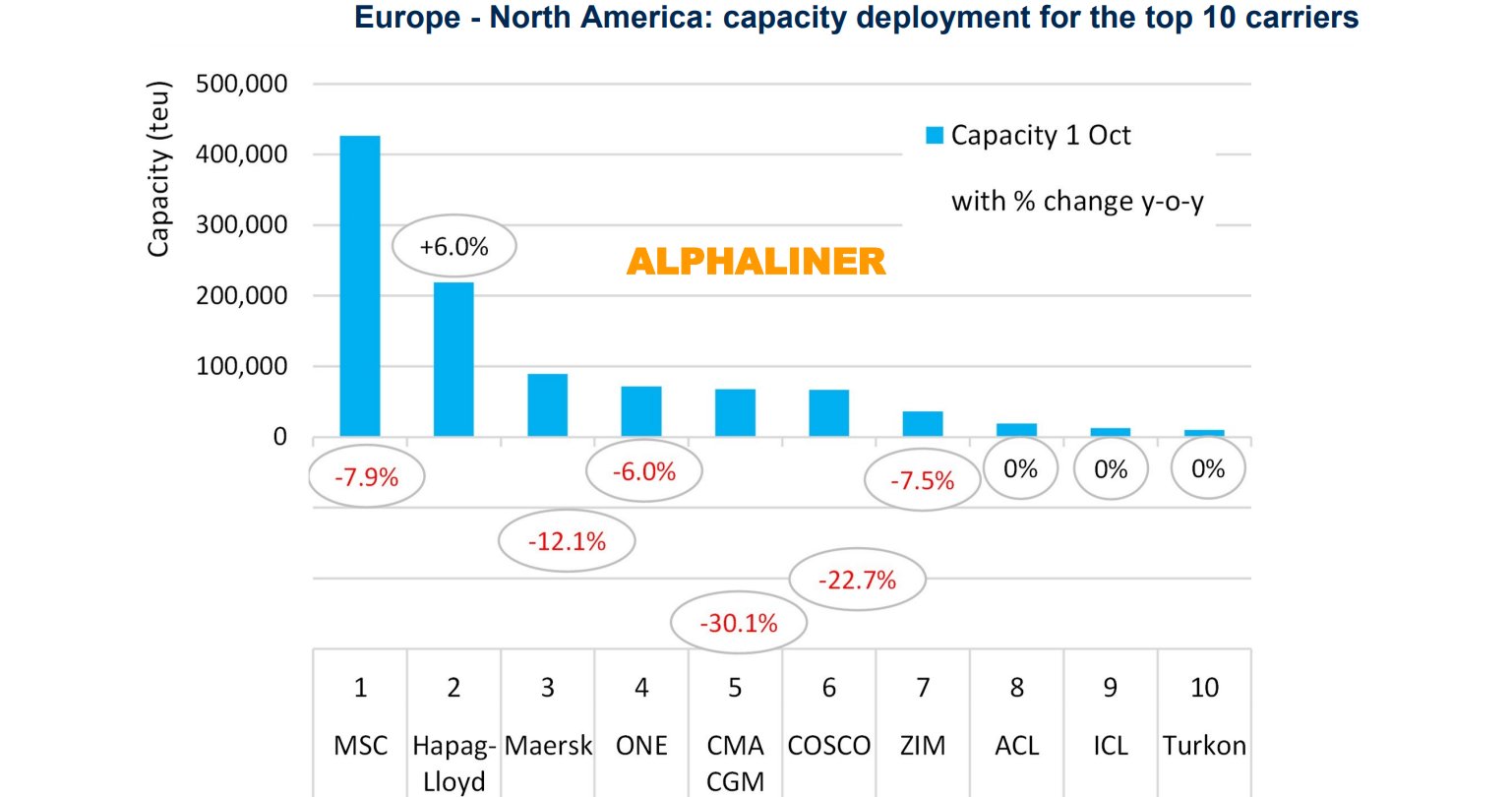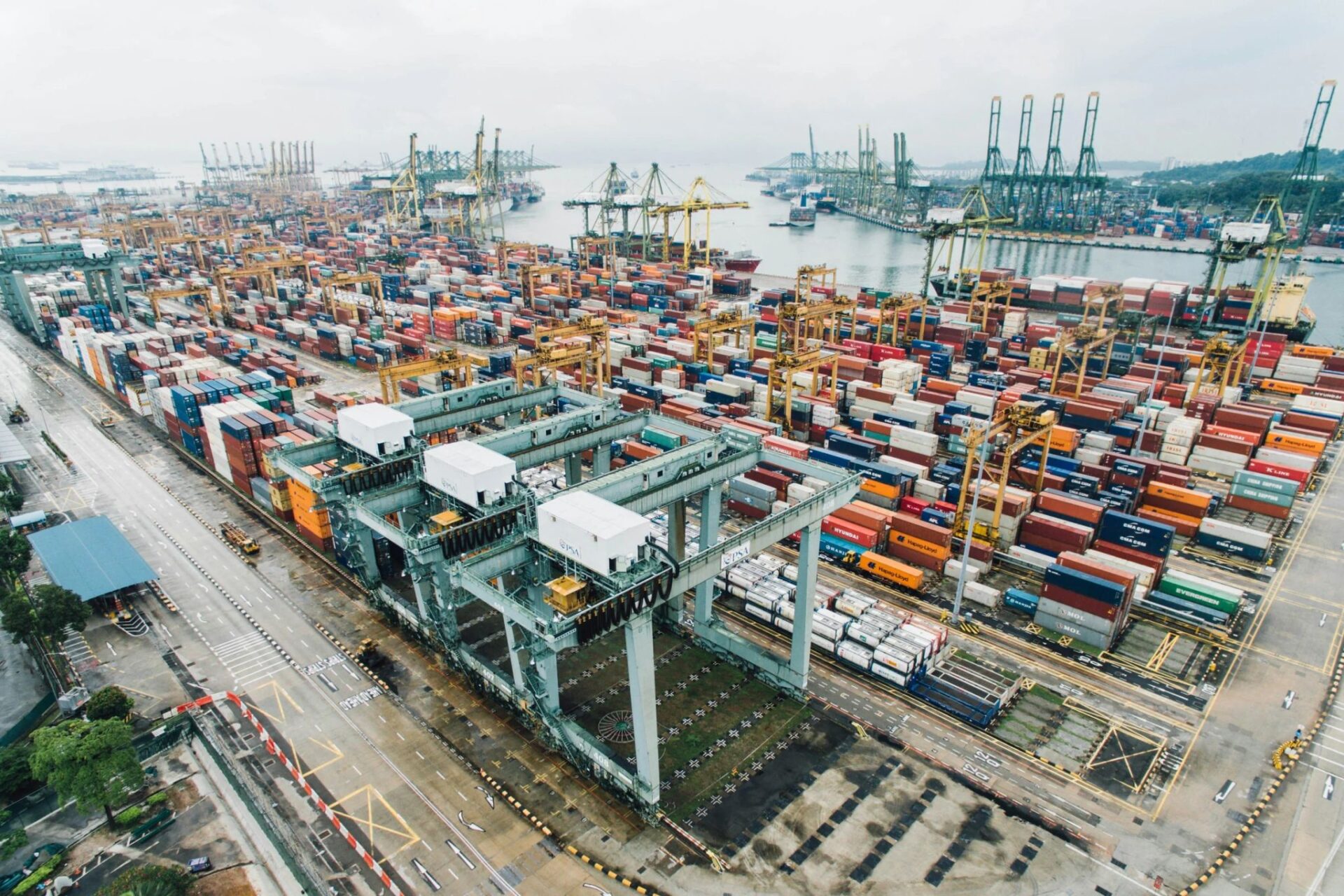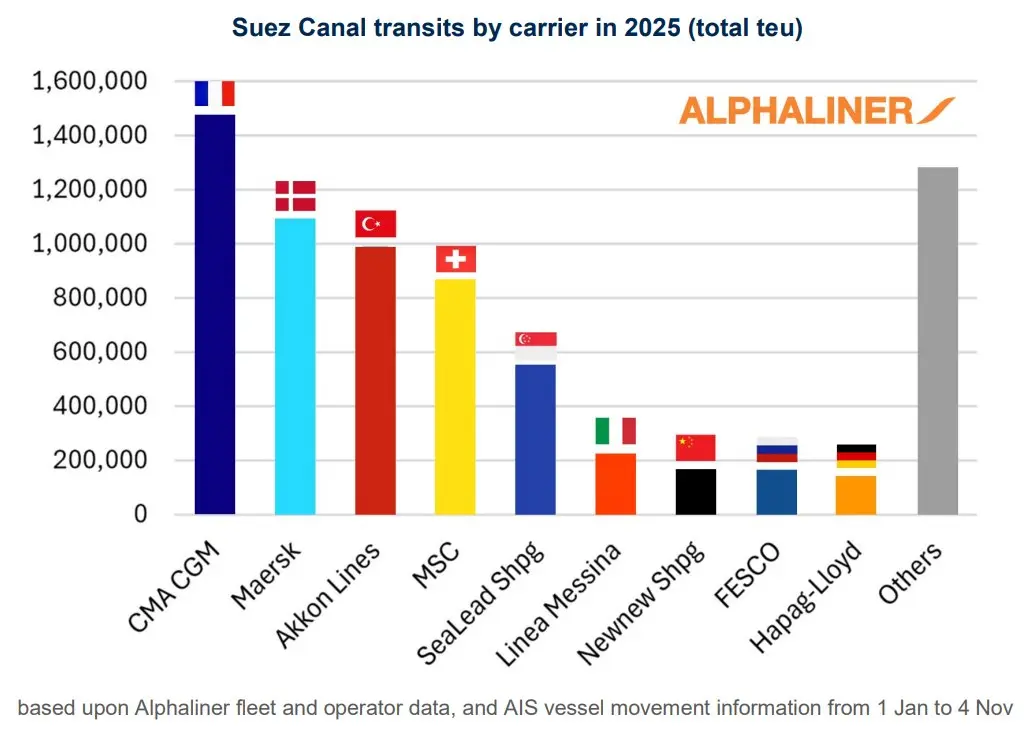

On a Week 08, the MABUX World Bunker Index changed sideways with no firm trend. The 380 HSFO Index rose by 14.55 USD: from 585.76 USD/MT to 600.31 USD/MT. The VLSFO Index went up by 13.26 USD: from 749.95 USD/MT to 763.21 USD/MT. Meantime, the MGO Index fell by 2.11 USD (from 882.26 USD/MT to 880.15 USD/MT). The escalation of tensions in Eastern Europe in recent days may send bunker indexes further up.

The Global Scrubber Spread (SS) weekly average – the difference in price between 380 HSFO and VLSFO – showed a slight increase during the week: plus $2.12 ($164.13 vs. $162.01 last week). At the same time, in Rotterdam, the SS Spread weekly average dropped from $168.83 to $166.67 (minus $2.16 compared to the last week) and lost 10 points in an absolute value. The SS Spread’s weekly average in Singapore continued widening: plus $5.17 from $210.00 to $215.17. More information is available in the Price Differences section of mabux.com.

Gas prices in Europe have returned to the uptrend, approaching the mark of $1,000 per thousand cubic meters on February 23. Despite this, prices for LNG as a bunker fuel at the port of Sines (Portugal) on February 21 fell by 229 USD to 2100 USD/MT. However, LNG prices are still significantly higher than those of traditional bunker fuel grades. The cost of MGO LS at the port of Sines on February 21 was quoted at 875 USD/MT.

During Week 08, the average correlation of MABUX MBP Index (market bunker prices) vs MABUX DBP Index (MABUX digital bunker benchmark) showed that 380 HSFO fuel grade remained overpriced in two ports out of four selected: in Rotterdam – plus $1 and in Houston – plus $6. In Singapore and Fujairah, the MABUX MBP/DBP Index registered an undercharge of 380 HSFO by $21 and $20, respectively. The MABUX MBP/DBP Index continues to shift towards the underpricing of 380 HSFO fuel.
VLSFO fuel grade, according to the MABUX MBP/DBP Index, remains significantly overpriced at all selected ports: plus $22 in Rotterdam, plus $42 in Singapore, plus $48 in Fujairah and plus $11 in Houston. The most significant was the drop of overcharge ratio at the port of Rotterdam by 11 points.
As for MGO LS, the MABUX MBP/DBP Index registered an underestimation of this fuel grade in two of the four selected ports: Fujairah moved into the overprice zone at the end of the week: plus 17 (minus $ 6 last week). Houston remains another overvalued port – plus $47. In Rotterdam and Singapore, according to the MABUX MBP/DBP Index, MGO LS was underpriced by $14 and $4 respectively.

Shell reported the global trade in LNG increased 6% to 380 million tonnes during 2021 as many countries rebounded from the impact of COVID-19. China and South Korea led the growth in LNG demand in 2021. China increased its LNG imports by 12 million tonnes to 79 million tonnes, surpassing Japan to become the world’s largest LNG importer. Overall, global LNG demand is expected to cross 700 million tonnes a year by 2040, a 90% increase on 2021 demand. Asia is expected to consume the majority of this growth as domestic gas production declines, regional economies grow and LNG replaces higher-emissions energy sources.
Germany’s nine largest seaports say they are ‘sceptical’ as to whether the European Union’s (EU) proposal to expand shore power is the right strategy to obtain a sustainable reduction in emissions by shipping. The port of Bremen/Bremerhaven says that providing on-grid shore power facilities for the approx. 550 berths for seagoing vessels at the German ports – or even only a larger percentage of berth – would require investments of ‘billions of Euros’. It argues investments would have to be borne by the taxpayer and by the ports without any significant support from the ship operators who are responsible for causing the emissions. Moreover, the port of Bremen/Bremerhaven points out that only certain ships would be obliged to use the provided shore power facilities.
We expect bunker fuel prices to move up next week amid rising tensions in Eastern Europe.
Source: www.mabux.com













